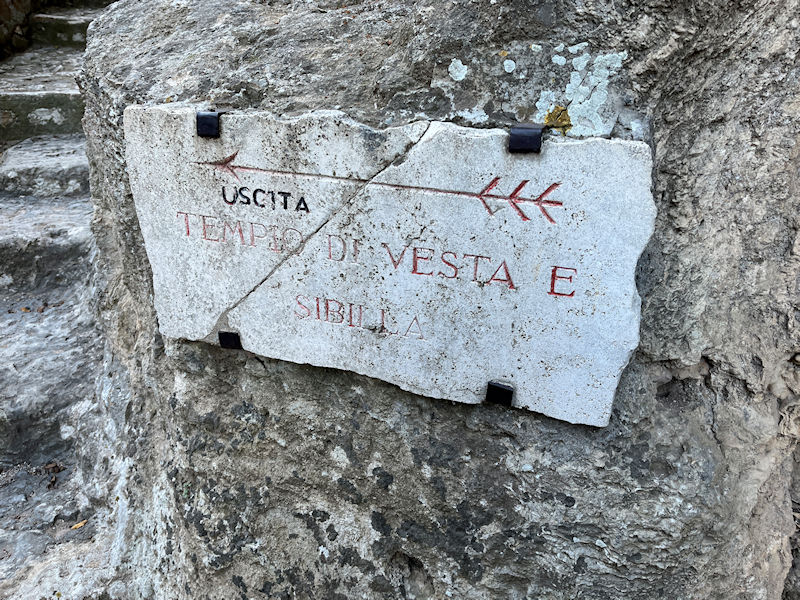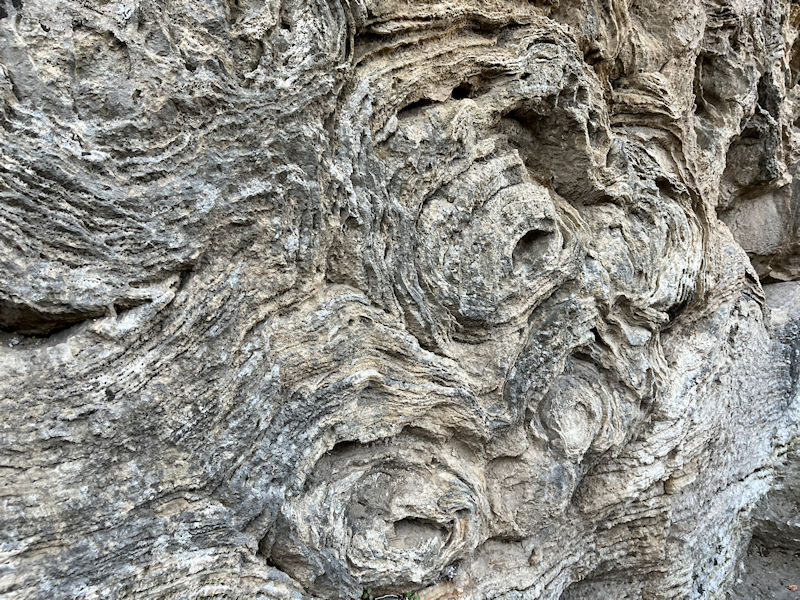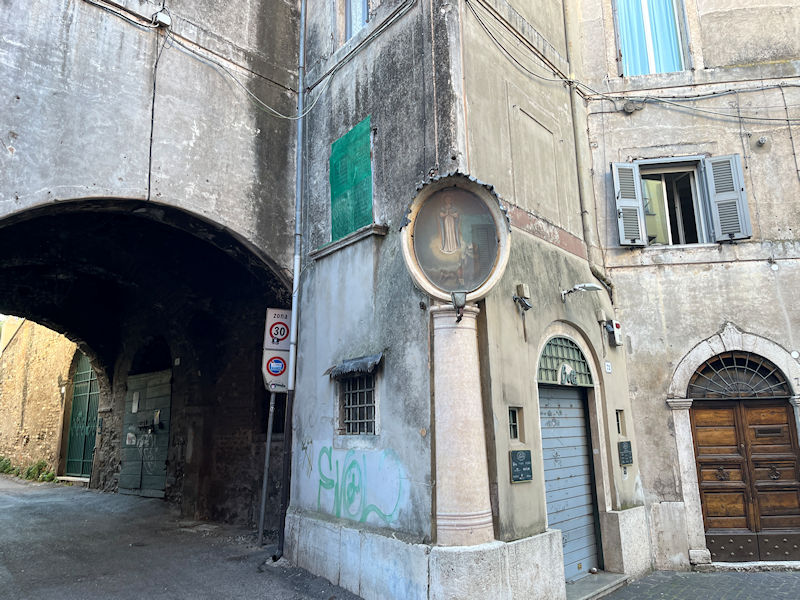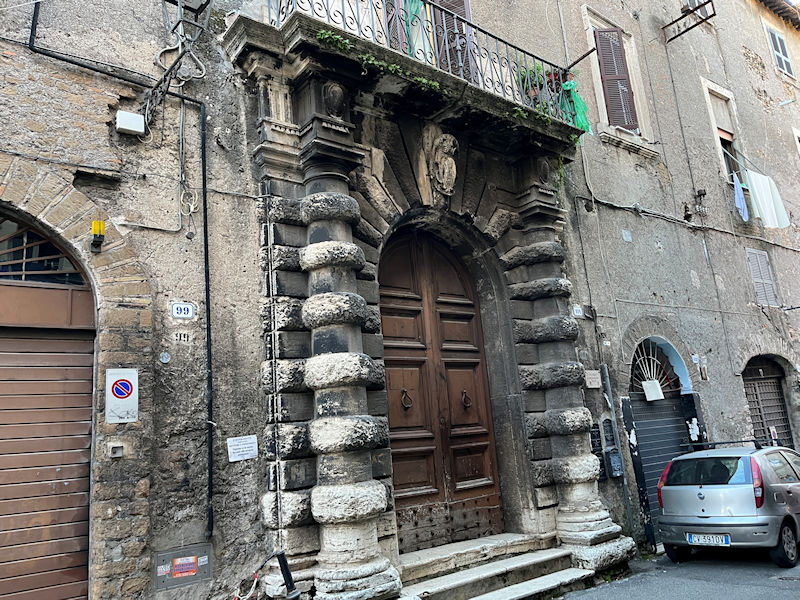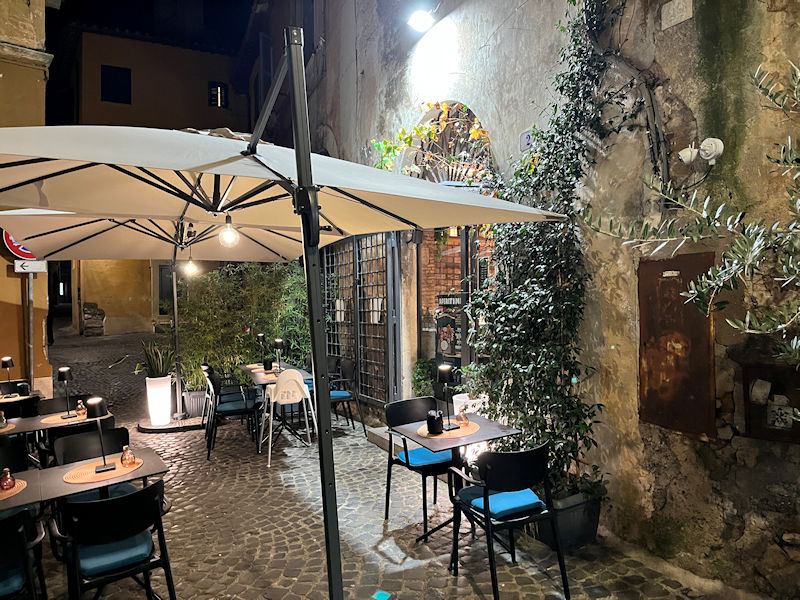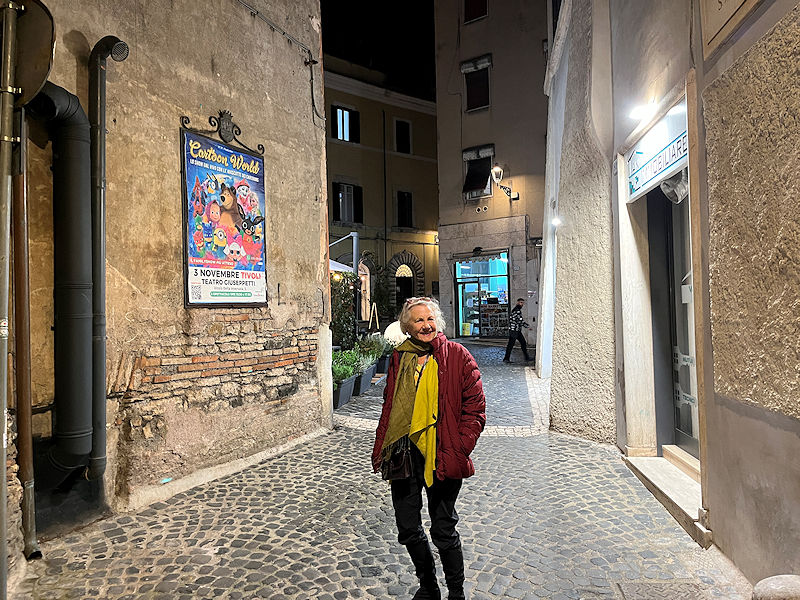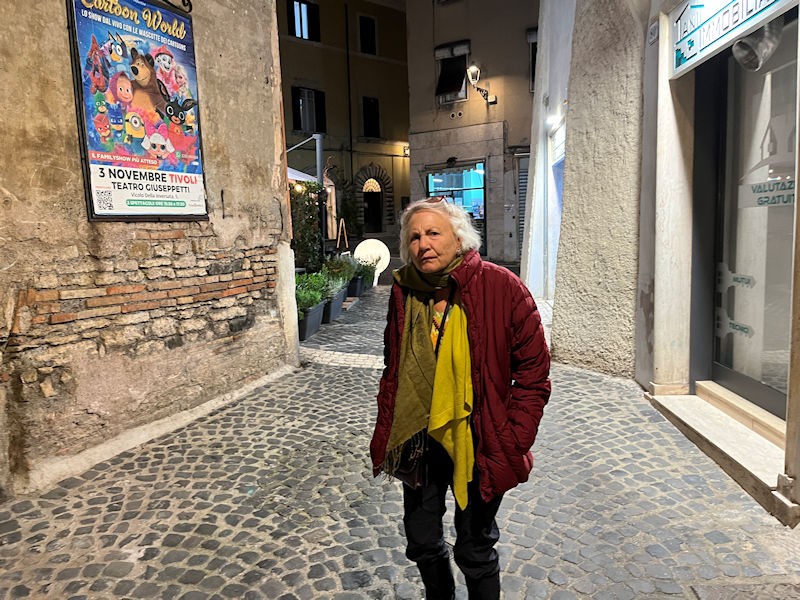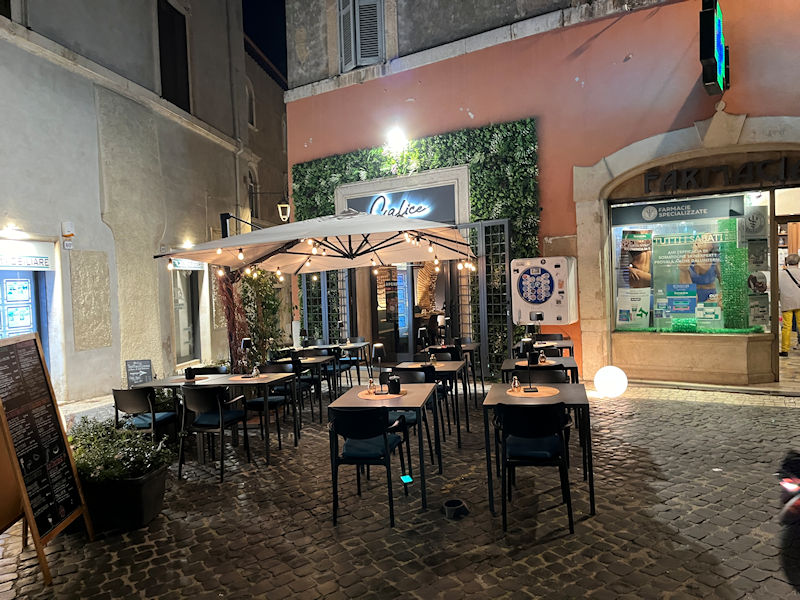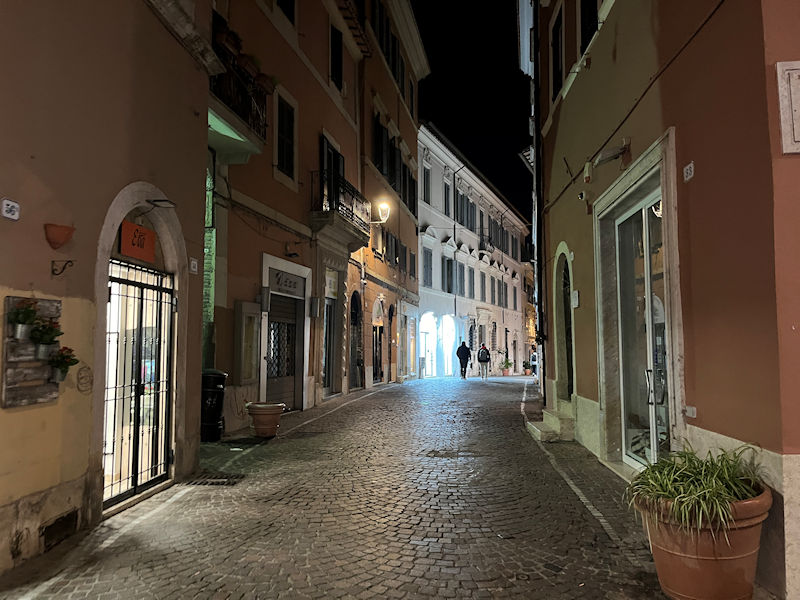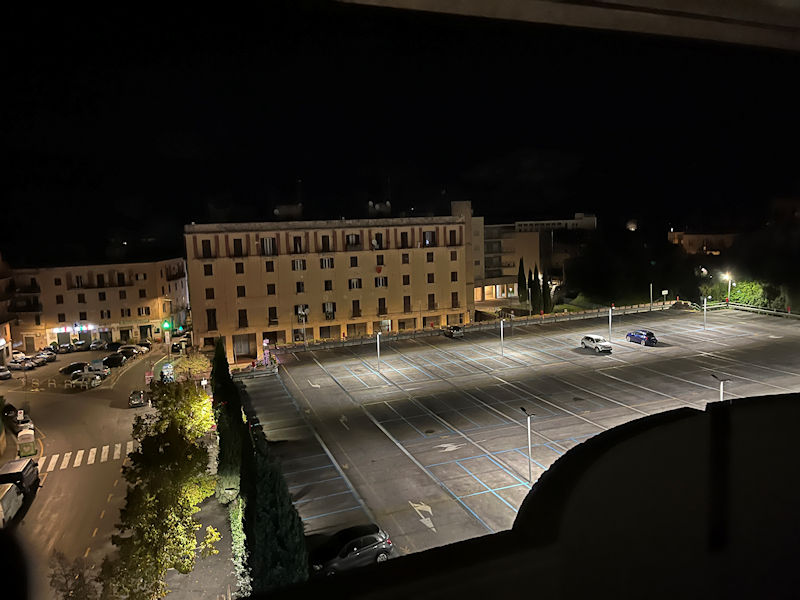You may not find this terribly rewarding unless you're included here, so this is a good time for casual and random browsers to turn back before they get too caught up in the sweep and majesty of the proceedings and can't let go.
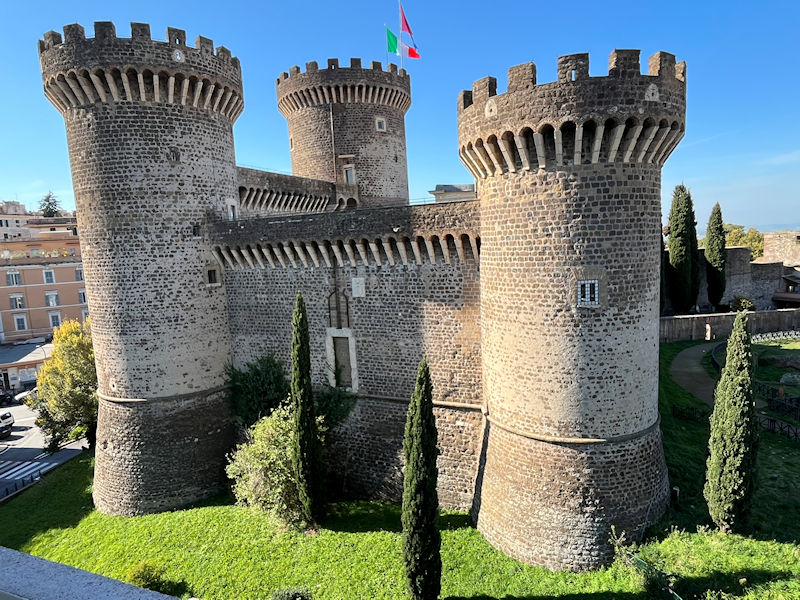
Another fine day dawns; it's hard to get used to waking up to a 15th century castle across the street.

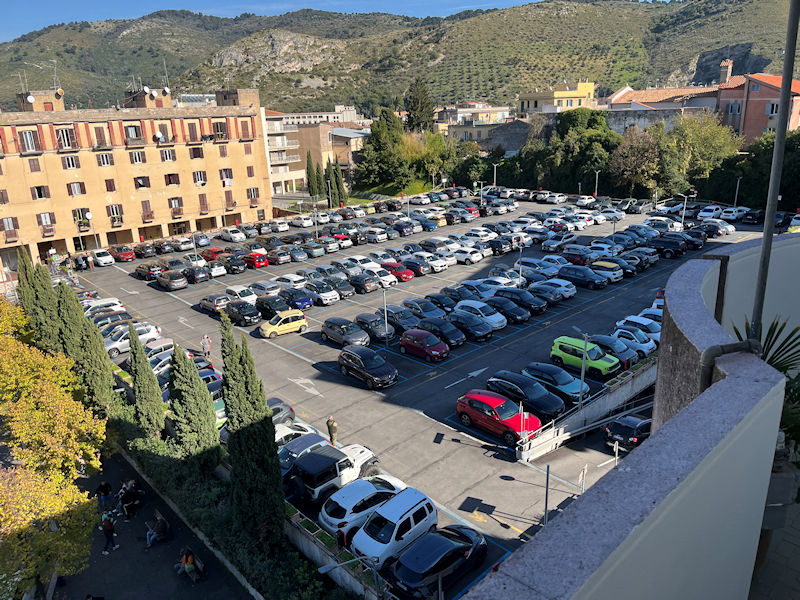
The rest of the city is already usefully engaged. We'll descend to the Bar Mattiotti for a pastry, a caffè Americano (or cappuccino, depending upon individual tastes), and a chat with the friendly proprietors.
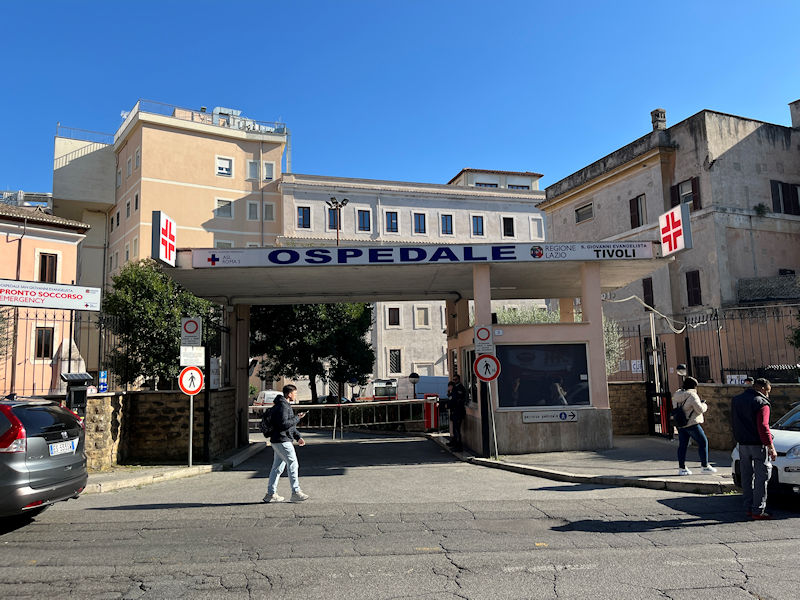
Then a stroll through a different part of town, running along the high banks of the Aniene, which . . .

. . . flanks the promontory of the city on two sides, somewhat below the town on the right, under the Confu-Fish Concept Sushi and the Tivoli Burger ['fast food'] and the river dam at the Gregoriana Ponte, and down in the astonishing gorge round the northern side and off to join the Tiber.
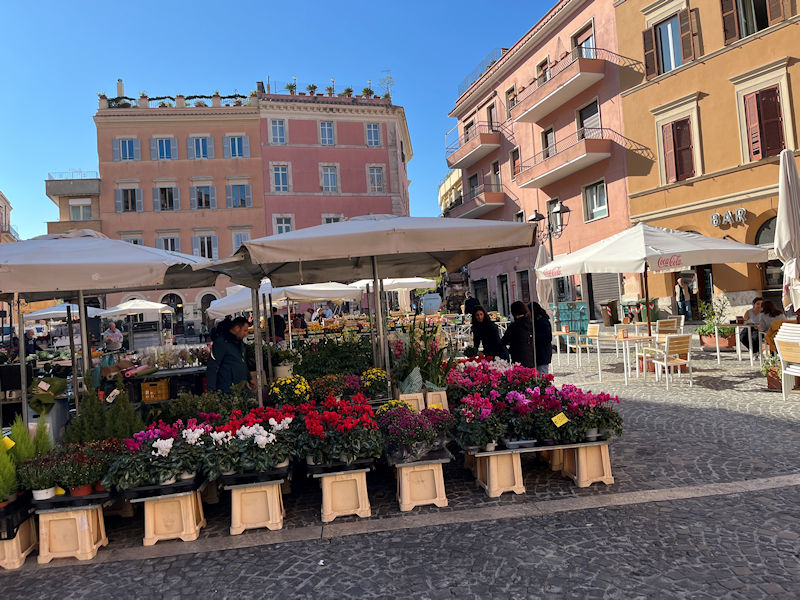
The market in the Piazza del Plebiscito
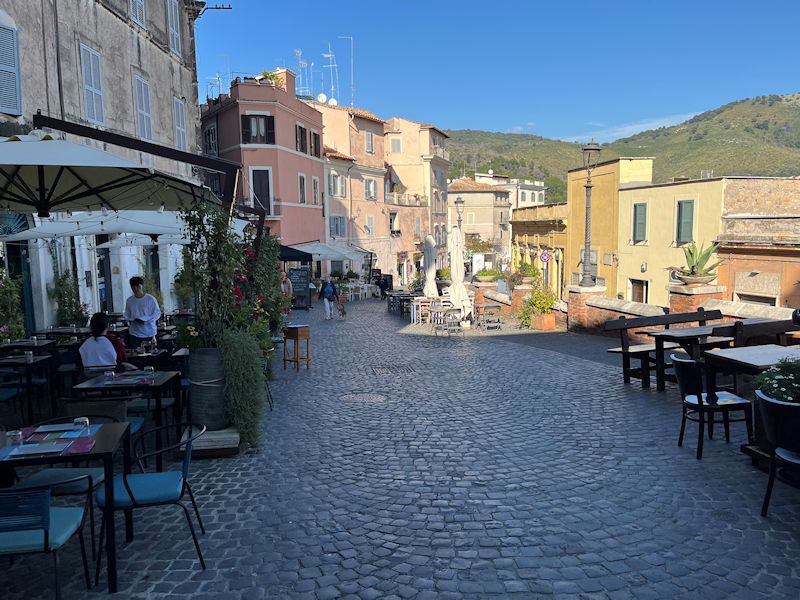
Descending the Via Palatina towards the bridge over the river
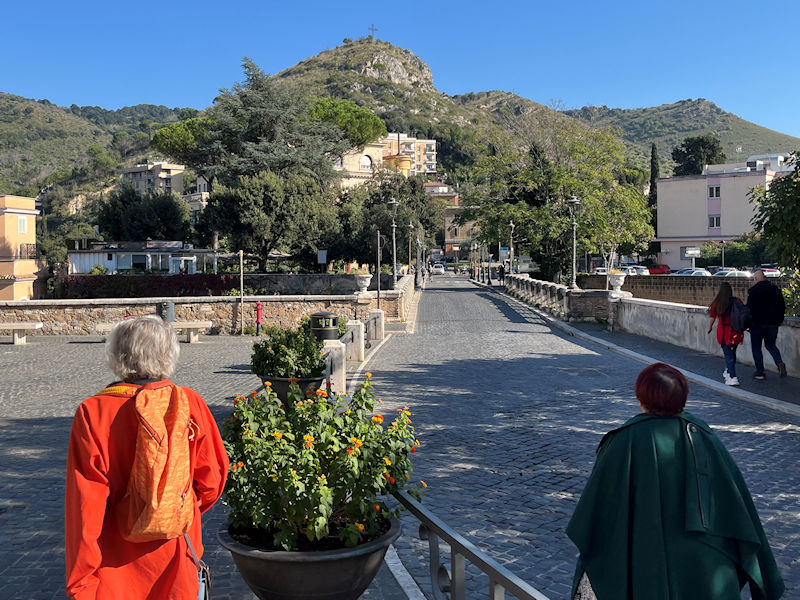
Now to investigate the far side of the Ponte Gregoriana over the old river bed and, specifically . . .
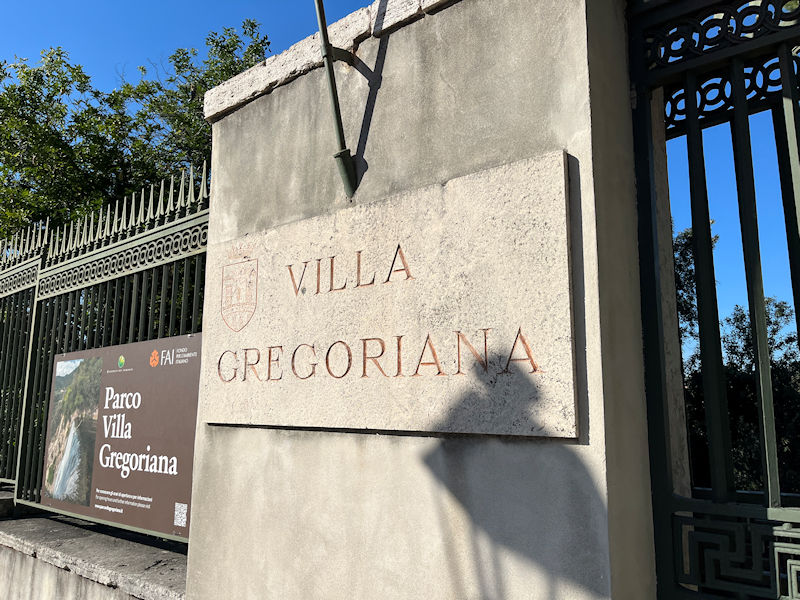
. . . to learn more about this Villa Gregoriana.
(We were expecting a cute little palazzo with a garden.)
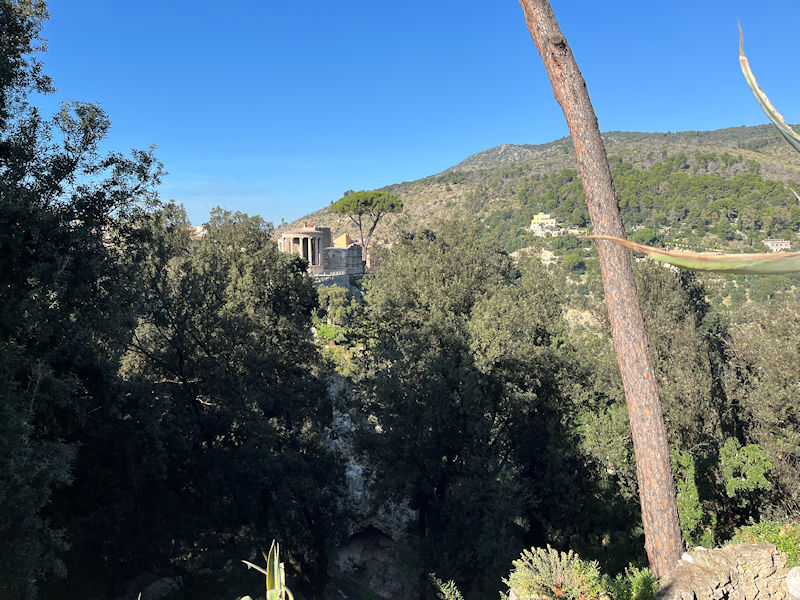
The background here is that the important Aniene river, flowing out of the mountains, around the Tivoli acropolis, and eventually into the Tiber in Rome, reaches the end of its hard limestone base just here and, burrowing into soft limestone sediment, geomorphically creates havoc, hollowing out twists and turns, chambers and caves, from time immemorial. In passing under the hard rock acropolis and turning back in the travertine or calcareous tufa and ancient sediments, the river falls 135 meters into the Valle dell'Inferno or Valley of Hell through a complex of pools and grottoes.
The importance since very early times of this obligatory crossing point of the river, where the Ponte Gregoriana is now, for the seasonal transhumance routes and strategic relations between Romans and nearby tribal peoples, led to its importance as a sacred area as well, and thus . . .
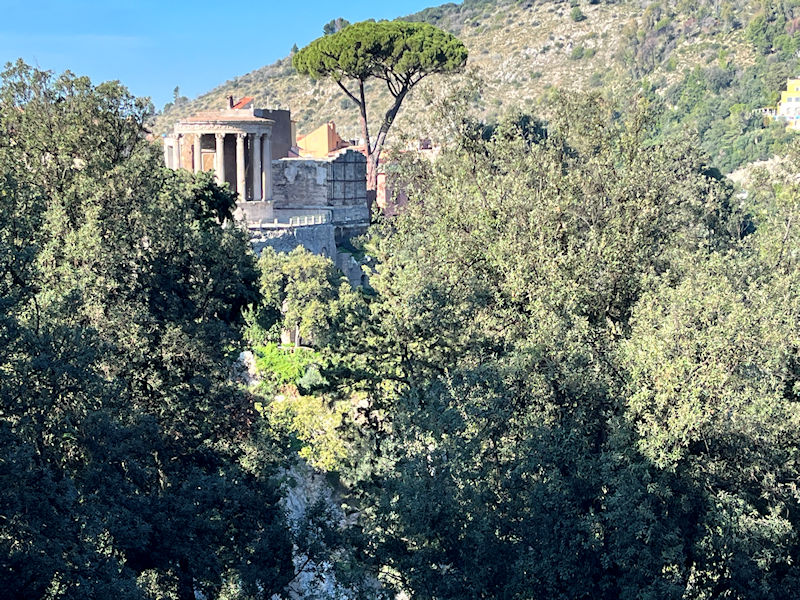
. . . the circular Temple of the Sibyl Albunea oracle and the rectangular Temple of Vesta (or Tiburtina), from the 3rd or 2nd century BC, perched on the point of the acropolis above the gorge.
(The consensus seems to favor those identifications, but which is which is still a matter of some dispute [FAI guidebook, ed. 2024, p. 25]).
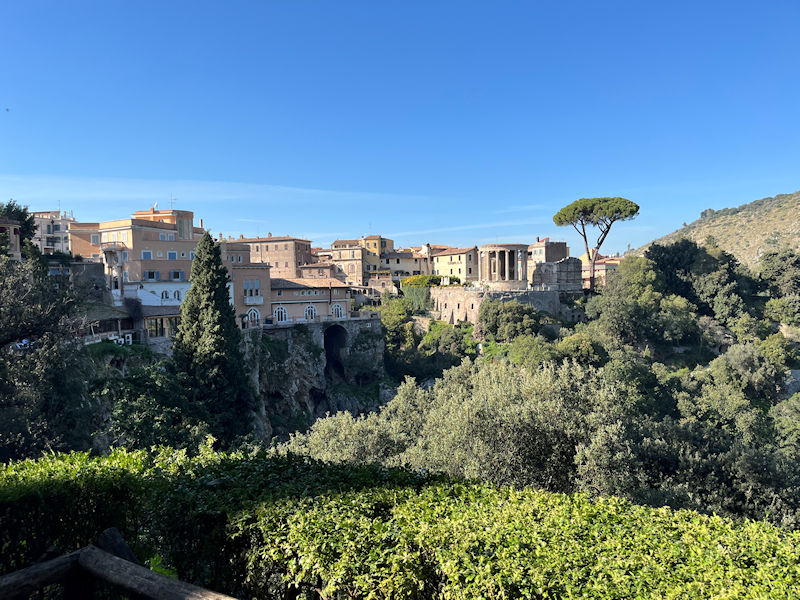
Having crossed the bridge, and having paid in our modest entry fee, we're gazing back at the city and setting out down the trails through the park. The river has produced catastrophic flooding over the lower parts of the town on many occasions (Pliny the Younger was here to lament one of them in AD 105), but, even after the Tivoli wonders had become a staple of the 18th century Grand Tours, the worst flood occurred in 1826 and devastated the area round the bridge, obliterating the adjacent areas where the Piazzas Rivarola and Massimo are now (in honor of two papacy churchmen who were instrumental in finding a solution).

Soon thereafter, in 1832, Pope Gregory XVI spearheaded a movement to find that solution; proposals were solicited, most arguing for higher river banks, but the project was awarded to the hydraulic engineer Clemente Folchi, who with international support had two parallel tunnels dug out of the Monte Catillo next door, diverting the course away from the downtown and 280 meters over to the other side of the gorge. They were inaugurated in 1835 in the presence of the pope, the King of Portugal, all kinds of happy people.
When the church had to withdraw its 'papal properties' from the secular Kingdom of Italy in 1870, the property was turned over to the state which introduced infrastructure and safety measures to turn it into a popular tourist destination, with a small museum built on the site that we've just left to start our walk. Unfortunately, the Americans bombed the place badly in May 1944 and the enterprise was abandoned. In 2002, however, the FAI got into the act and persuaded the state to turn it over, whereafter an amazing reconstruction took place and the Park was reopened in 2005.
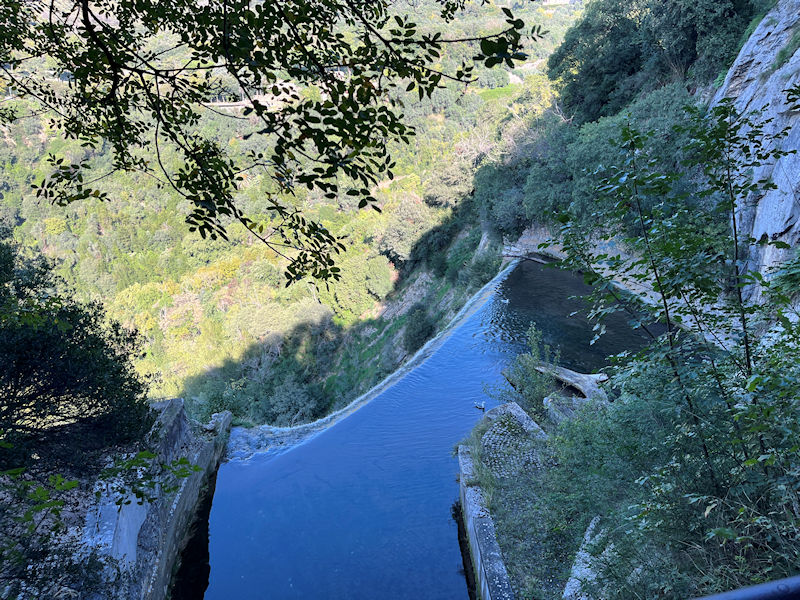
The original Aniene still runs calmly under the Ponte Gregoriana and drops down through the Grotto of Neptune and other features of the remarkable geological features here, but this is where the serious business is being done, the exit of the 'Cunicoli Gregoriani' (Gregorian Tunnels) out over . . .
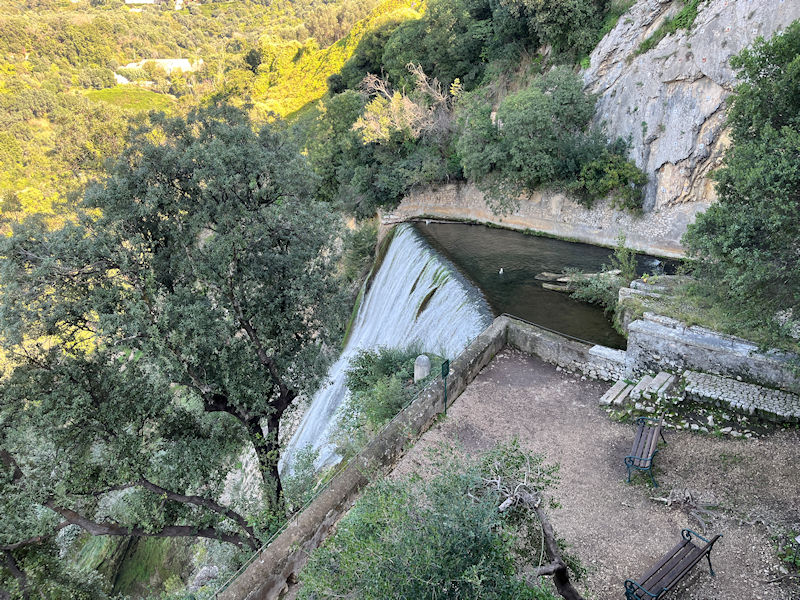
. . . the so-called 'Great Waterfall' (a ca.135 meter two-stage drop to the bottom of the valley).
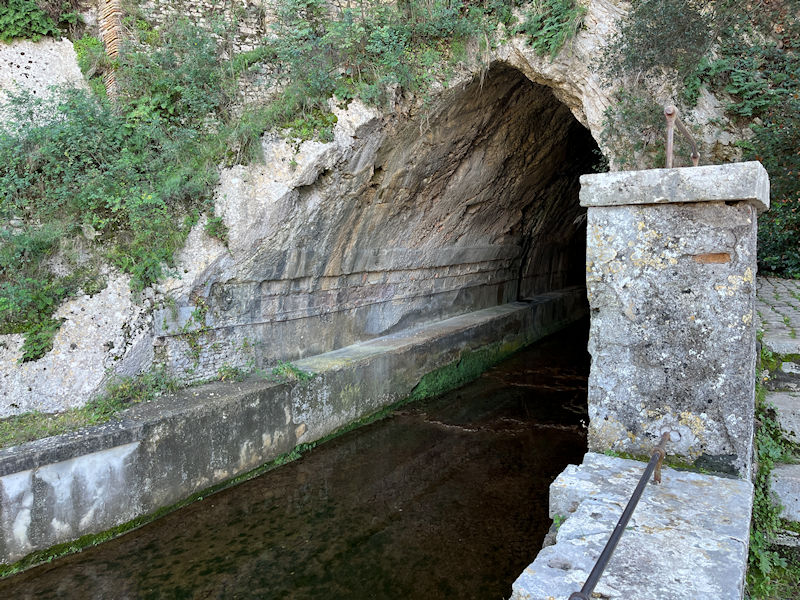
No catastrophic flooding since then, apparently.

We're at a little dead-end belvedere over the lip of the Great Waterfall, and will now rejoin the main path.
There is a better viewpoint farther below, which we will explore on our next visit.
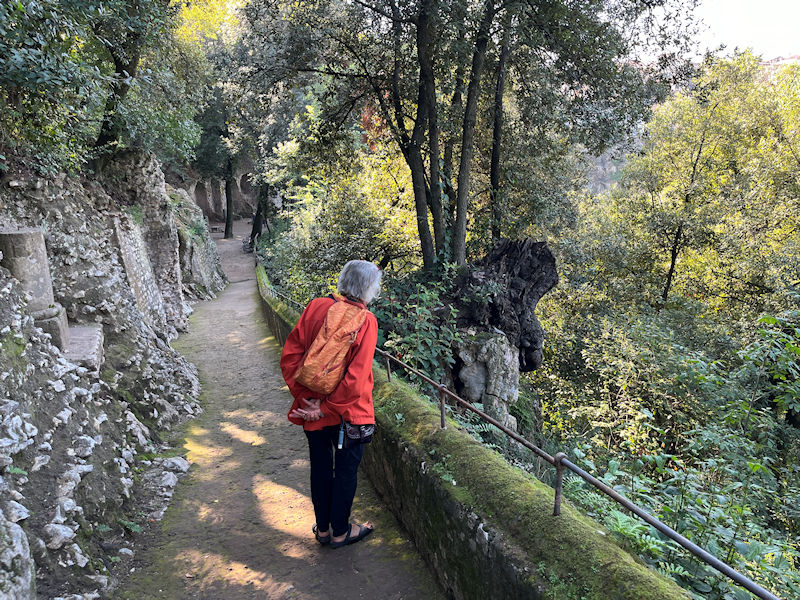
One of the welcome steps that the FAI took 20 years ago was to improve the paths and replace a lot of the wooden railings along the paths with serious safety measures.
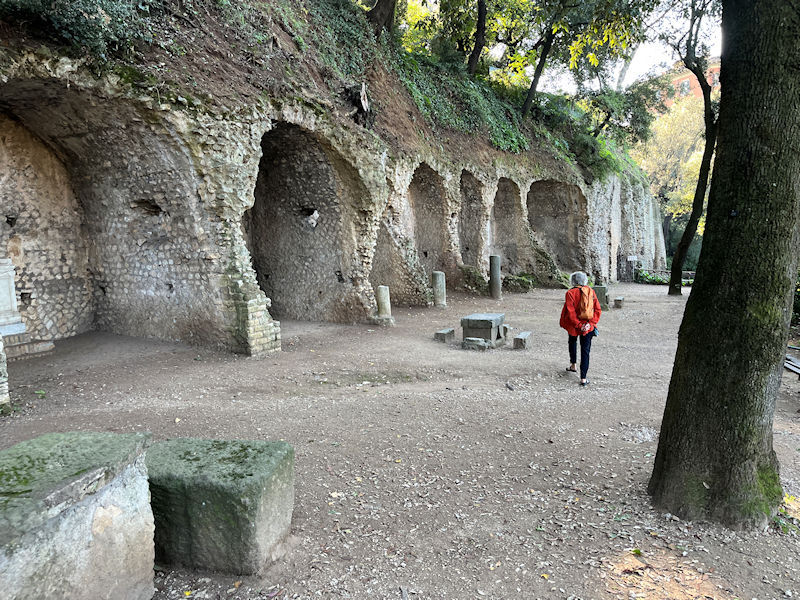
This is the substructure of the original villa of Manlius Vopiscus from the early 2nd century. The 'villa' part of the Parco's name now seems to refer to this old ruin [the bombed-out museum was built on its site above] -- there's at least one current building that is part of the operation (the endpoint on the other side of the gorge, with its café, is in a reconditioned post-WWII schoolhouse), and a hotel and a few commercial establishments in town with the Gregoriana name, but we never found a proper modern villa with it. This must be it.
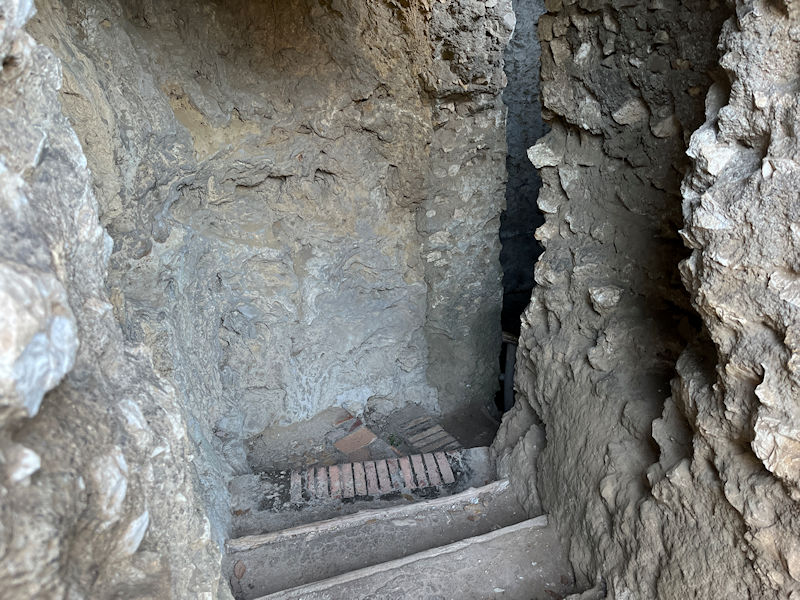
That leads into the lower parts of the Roman-era villa, but we didn't give it a go this time. We should have and in fact we did, two days later, as can be viewed in due course.
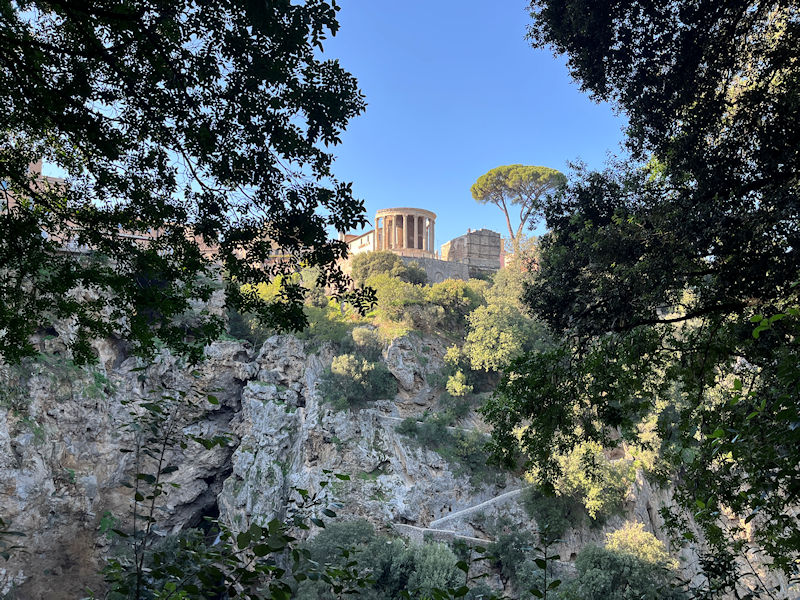
The Roman temples in their glory, and the park's path winding upwards across the way.
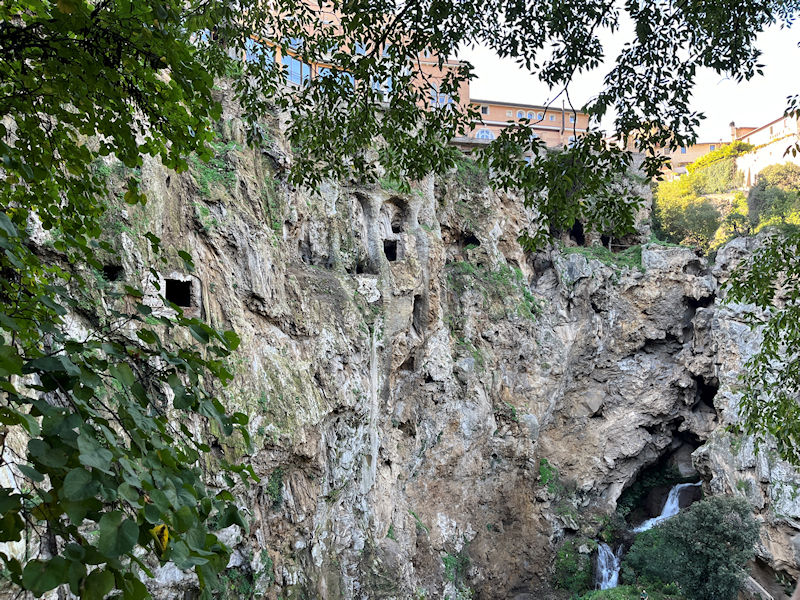
That's a view of what's left of the old river, winding down around that solid rock promontory, and in the cliff face there are a multitude of windows where over many years (or centuries) earlier passages were cut to try to drain off flood waters.
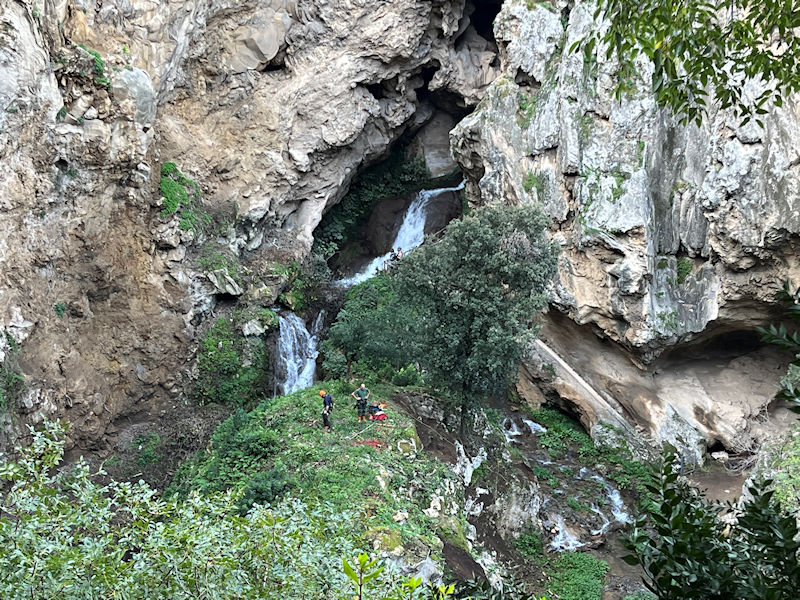
The original river continues cascading, with two guys with spelunking gear suiting up or off. And just above them there can be seen a few people admiring the famous Grotto of Neptune, though we didn't know that at the time. We hit it on our next visit, and it's fabulous.
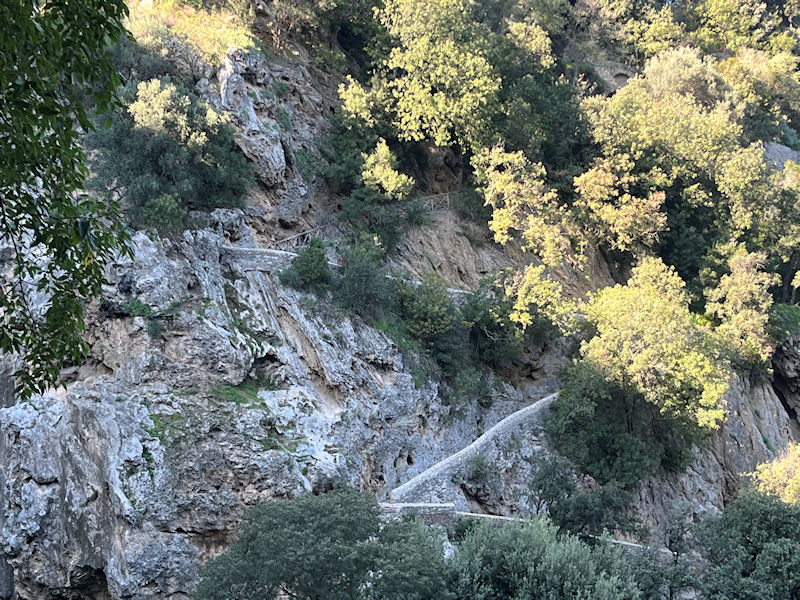
The uphill path on the other side
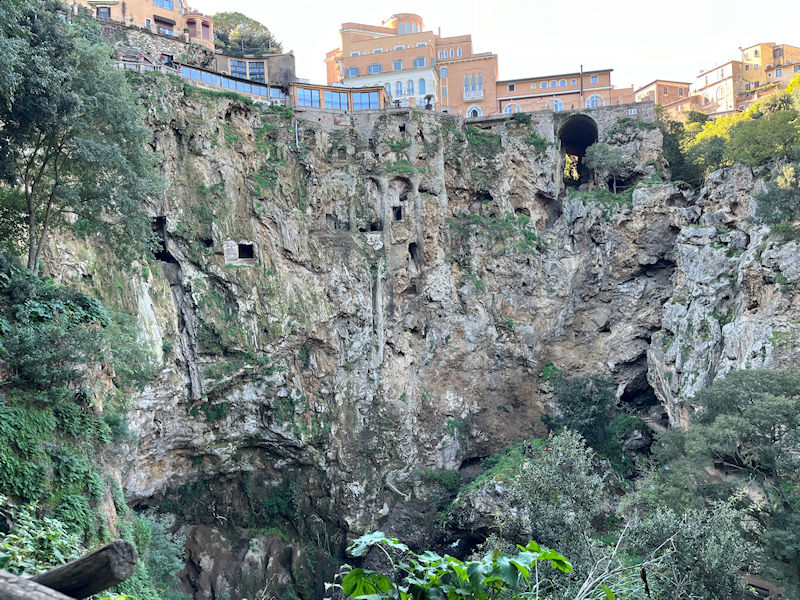
The Valle dell'Inferno, with the river passing under the bridge and winding round that rocky crag thing.


The first landfall of the sequential little waterfalls is called the Ponte Lupo Clearing, on the former site of a small lake called the Pelago, which blew out in Pliny's flooding of 105 and carved for itself a new route through the soft rock.

So that's the natural Ponte Lupo, and . . .
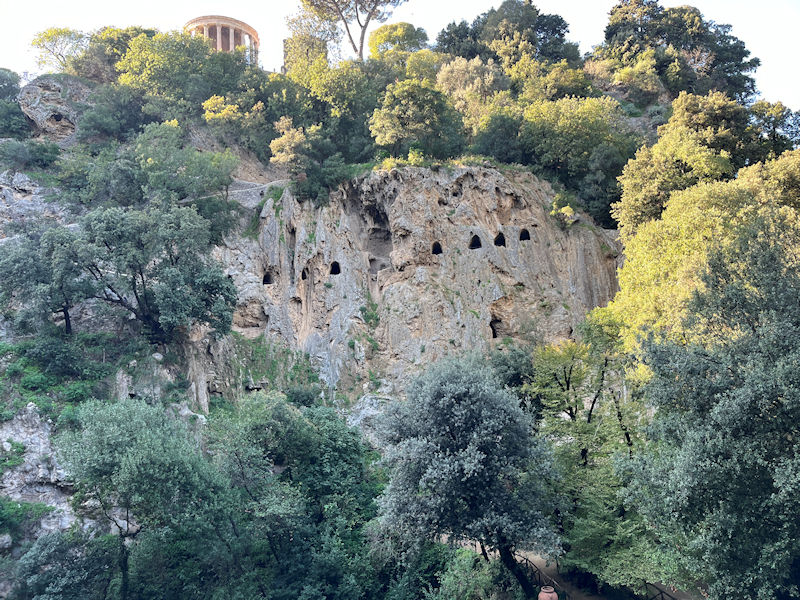
. . . and across the way, those windows mark the 'Traforetto' or small tunnel, which we'll get to anon.
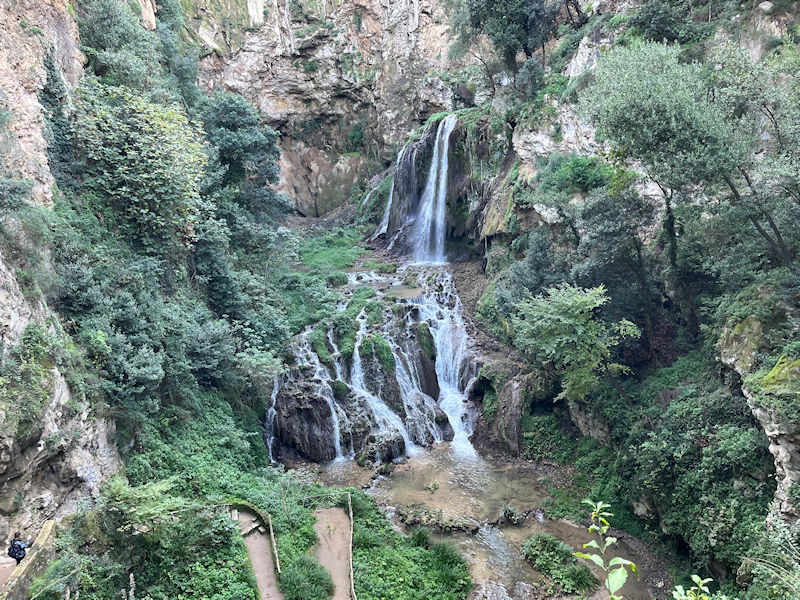
Another view of the falls
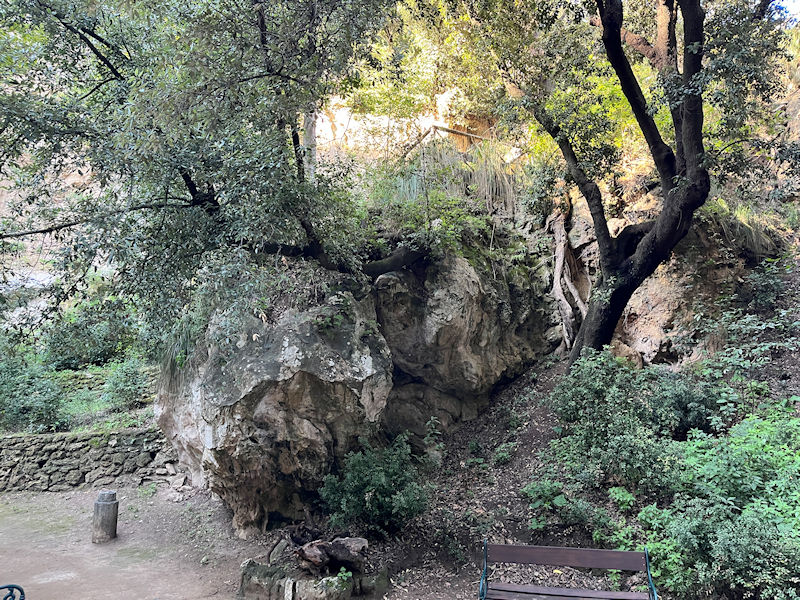
The Ponte Lupo Clearing with . . .

. . . an affable admirer.
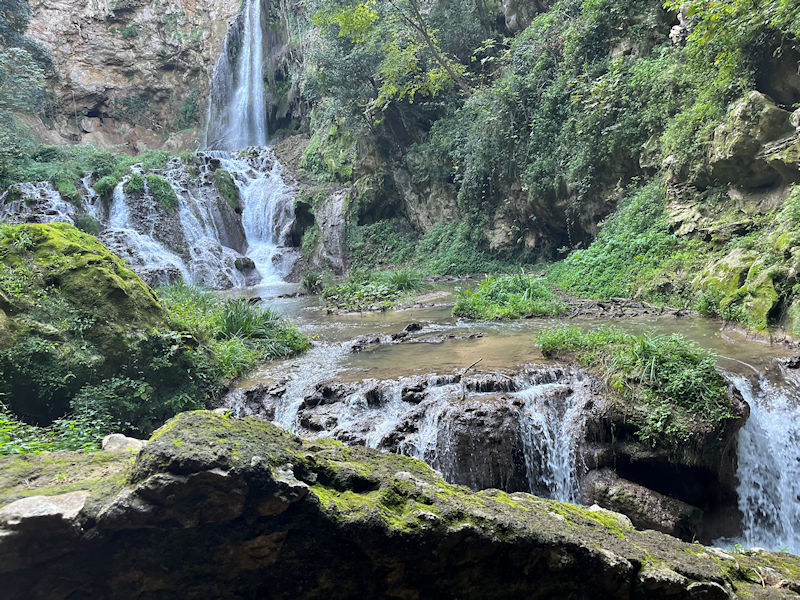
Farther down in what had once been the bottom of the lake Pelago . . .

. . . we're looking into what the Aniene carved out for itself back in the old days, which . . .

. . . a Swiss landscape artist named Ducros, in the late 18th century, christened the Mermaid's Grotto (how clever). It's thought to have been formed in the AD 105 flood, and rejoins the new diversion through the tunnels farther down the 'Valley of Hell'.
It's also called the Grotto of the Sirens.


Back up we go now . . .
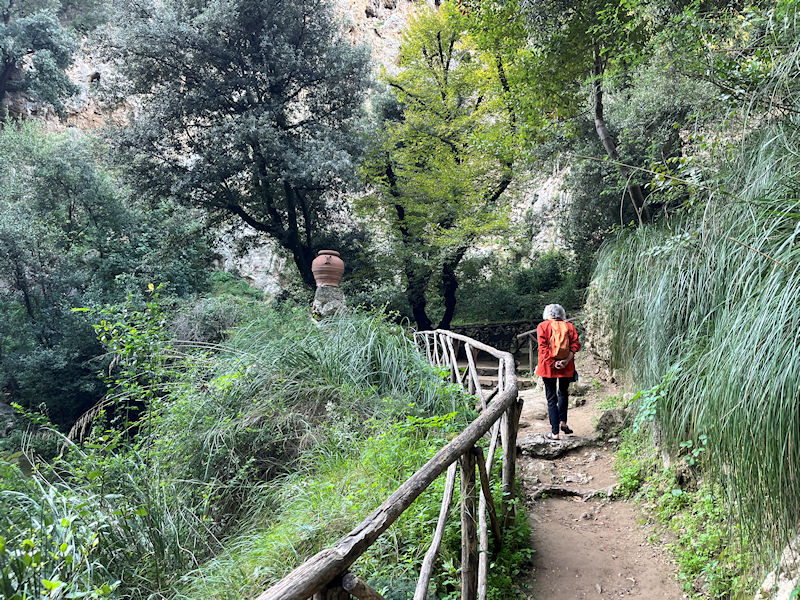
. . . to the Ponte Lupo rest area.

Where we're accosted by an irritating passerby looking for a handout. We gave him short shrift.
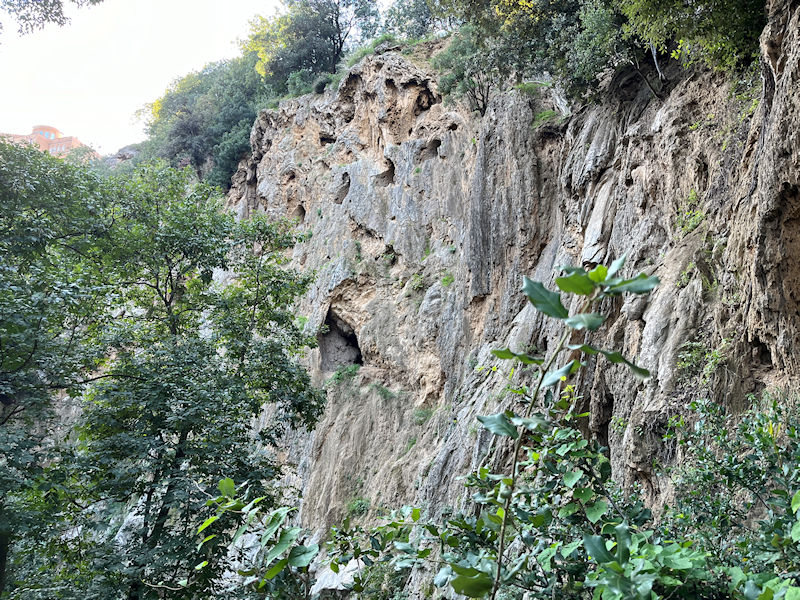
The cliff face with the Miollis Tunnel, the 'Traforetto', peeking out.
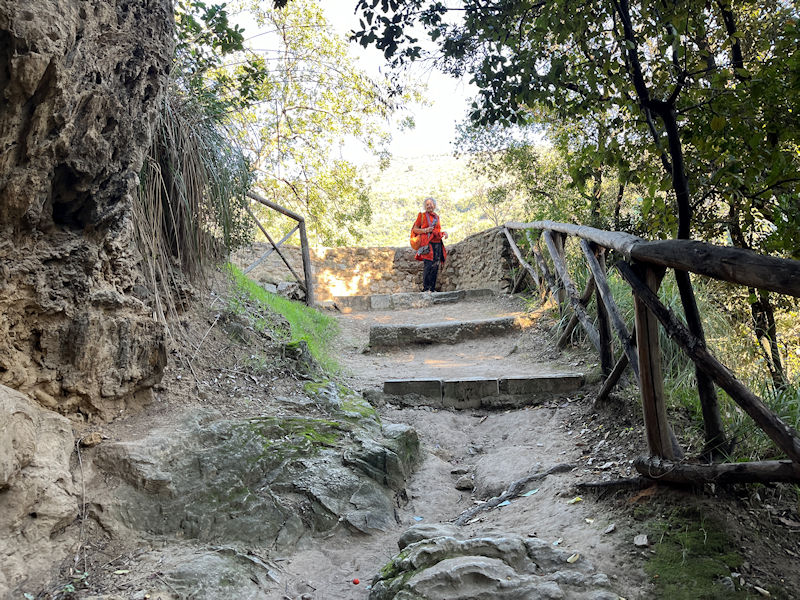
A viewpoint over the Aniene Valley, one of several, looking down the valley, the info plaque of which tells us that across the way we can see the convent of Sant'Antonio, which is traditionally thought to stand on the ruins of the villa of the poet Horace, and the Sanctuary of Quintiliolo.

(We can't really pick that out.)
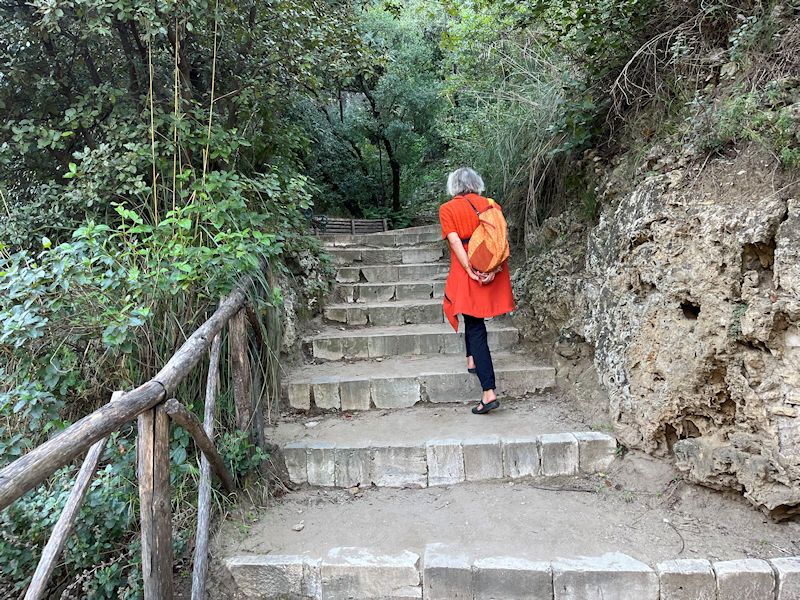
Nadir reached, we set off for the summit.
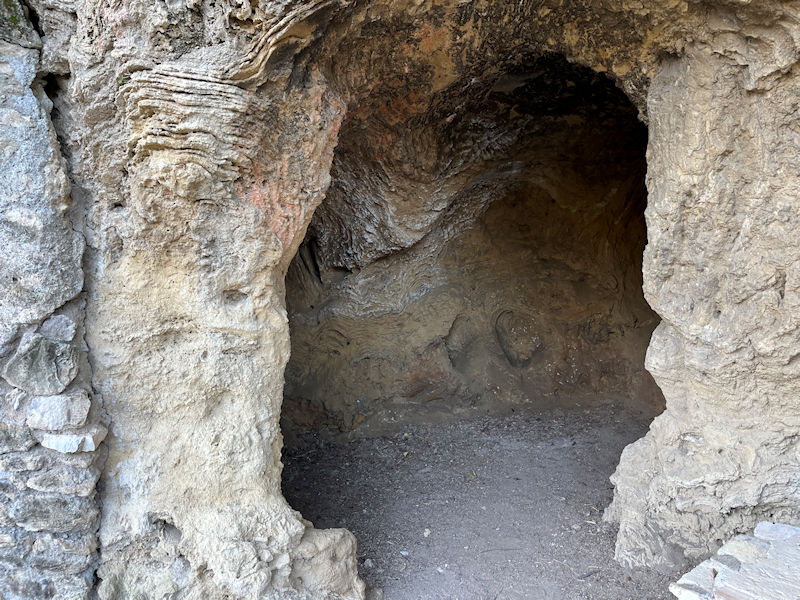
Pausing from time to time to view some of nature's hydrographical handiworks.

The Great Waterfalll across the valley, with the railroad from Roma Tiburtina running just above it.
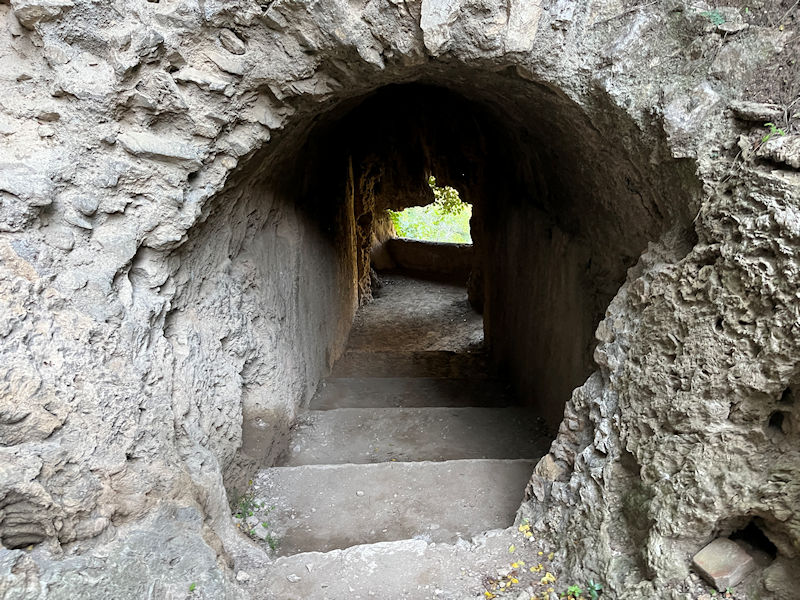
Here's the 'Cunicolo del Miollis' (Miollis Small Tunnel). Adventurous early tourists who wished to visit Neptune's Grotto had had to lower themselves down the cliff face with ropes, so the helpful Napoleonic Governor of the Papal States, General Sextius Alexandre François de Miollis (1759-1828), ordered the creation of this Traforetto, a tunnel with windows, leading from the path over to the Grotto.
Miollis also served and was wounded with the French forces at the American Revolutionary siege of Yorktown in 1781. During the siege of Mantua (1796-1797), he commissioned a monument to honor Virgil in his birthplace; he transferred the ashes of the poet Ludovico Ariosto to the University of Ferrara where they belonged; in Verona, he restored the famous Arena; he served Louis XVIII as governor of the Vaucluse in France, then was recalled by Napoleon, serving at Metz during the 'Hundred Days', after which he retired for good in 1815. His name is engraved on the Arc de Triomphe.

A peek out one of the windows, and . . .
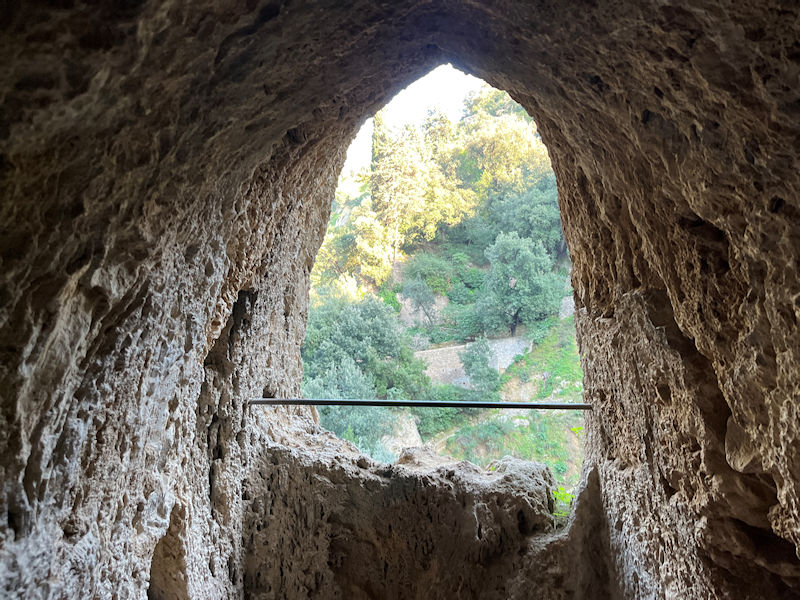
. . . another. (We'll be back in a few days.)
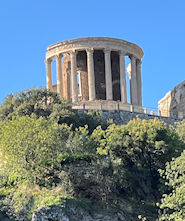 Dwight Peck's personal website
Dwight Peck's personal website















































